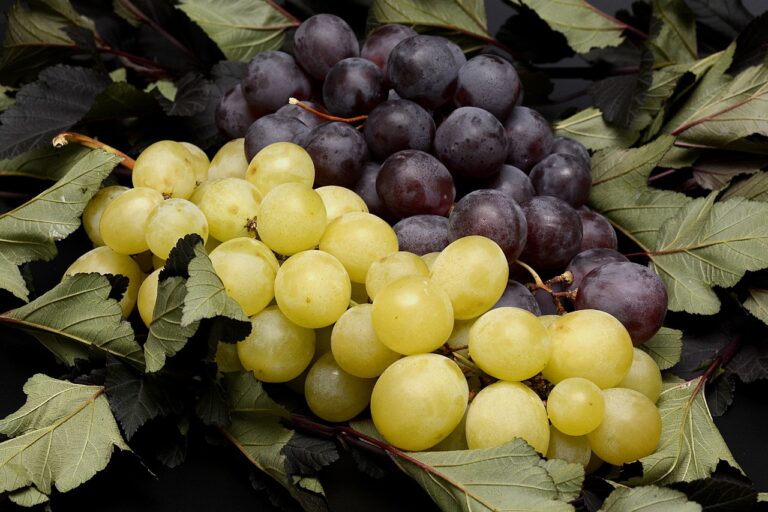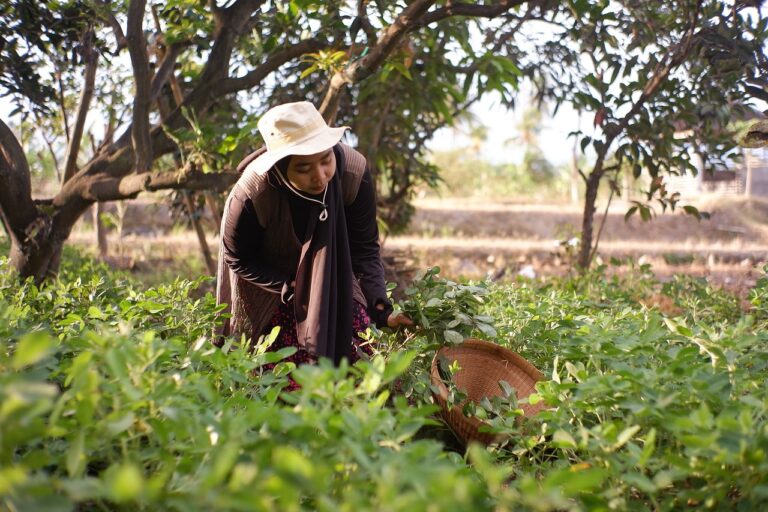From Farm to Fork: Tracing the Journey of Organic Produce in Distribution
cricbet99.com sign up, Sky1exchanges Login, cricket bet99: From Farm to Fork: Tracing the Journey of Organic Produce in Distribution
Organic produce has gained immense popularity in recent years, with consumers increasingly seeking out fruits and vegetables that are grown without synthetic pesticides or fertilizers. But have you ever stopped to think about the journey that organic produce takes from the farm to your fork? In this article, we’ll trace the distribution process of organic produce, highlighting the key steps involved in ensuring that these products reach consumers in the freshest and safest manner possible.
Growing Organic Produce: The Foundation of the Distribution Chain
The journey of organic produce begins on the farm, where farmers follow strict guidelines and practices to cultivate fruits and vegetables without the use of synthetic chemicals. Organic farmers rely on natural methods such as crop rotation, composting, and natural pest control to maintain the health of their crops and the surrounding environment.
Harvesting and Packaging: Ensuring Freshness and Quality
Once the organic produce is ready for harvest, farmers carefully pick the fruits and vegetables at the peak of freshness to ensure optimal flavor and nutritional value. The produce is then packaged in eco-friendly containers or packaging materials to maintain freshness and prevent damage during transportation.
Transporting to Distribution Centers: Navigating the Supply Chain
After harvesting and packaging, the organic produce is transported to distribution centers via trucks or other modes of transportation. These distribution centers serve as hubs where the produce is sorted, inspected, and stored before being shipped to retailers, restaurants, or consumers directly.
Retailers and Restaurants: Bringing Organic Produce to Your Local Market
Upon reaching the distribution centers, organic produce is distributed to retailers, supermarkets, and restaurants. These establishments play a crucial role in making organic produce accessible to consumers, offering a wide variety of options for those looking to incorporate healthy and sustainable foods into their diet.
Consumer Awareness: The Importance of Knowing Where Your Food Comes From
As consumers become more conscious of the food they eat, knowing the journey of organic produce from farm to fork has become increasingly important. By understanding the distribution process and supporting local farmers and organic producers, consumers can make informed choices that benefit their health and the environment.
Challenges and Opportunities in Organic Produce Distribution
While the demand for organic produce continues to grow, there are challenges in the distribution chain that need to be addressed. Issues such as transportation costs, storage facilities, and supply chain logistics can impact the availability and affordability of organic produce. However, there are also opportunities for innovation and collaboration to streamline the distribution process and make organic produce more accessible to consumers.
The Future of Organic Produce Distribution: Embracing Sustainability and Transparency
Going forward, the future of organic produce distribution lies in embracing sustainability and transparency throughout the supply chain. By supporting local farmers, reducing food waste, and promoting environmentally-friendly practices, we can ensure that organic produce continues to thrive and benefit both consumers and the planet.
FAQs
1. What is the difference between organic and conventional produce?
Organic produce is grown without synthetic pesticides or fertilizers, while conventional produce may contain residues of these chemicals. Organic farming practices also focus on promoting soil health and biodiversity, while conventional farming may rely on synthetic inputs to boost crop yields.
2. How can I ensure that the organic produce I buy is truly organic?
Look for certifications such as USDA Organic or the EU Organic logo on the packaging, which indicate that the produce meets strict organic farming standards. You can also support local farmers and organic producers who follow transparent and sustainable practices.
3. Are organic fruits and vegetables more expensive than conventional produce?
Organic produce may be more expensive due to the higher costs associated with organic farming practices and certification. However, the long-term benefits of organic produce for your health and the environment can outweigh the initial costs.
4. Can I grow my own organic produce at home?
Yes, you can grow your own organic fruits and vegetables at home by using organic seeds, compost, and natural pest control methods. Container gardening, raised beds, and vertical gardening are all great options for growing organic produce in a small space.
5. How can I support local farmers and organic producers in my community?
Visit farmers’ markets, join a community-supported agriculture (CSA) program, or shop at local co-ops and natural food stores to support local farmers and organic producers. By buying directly from producers, you can establish a connection with the people who grow your food and support the local economy.
In conclusion, the journey of organic produce from farm to fork is a complex and fascinating process that involves multiple stakeholders working together to bring fresh, healthy, and sustainable food to consumers. By understanding and supporting the distribution chain of organic produce, we can make informed choices that benefit our health, the environment, and the future of food production.







